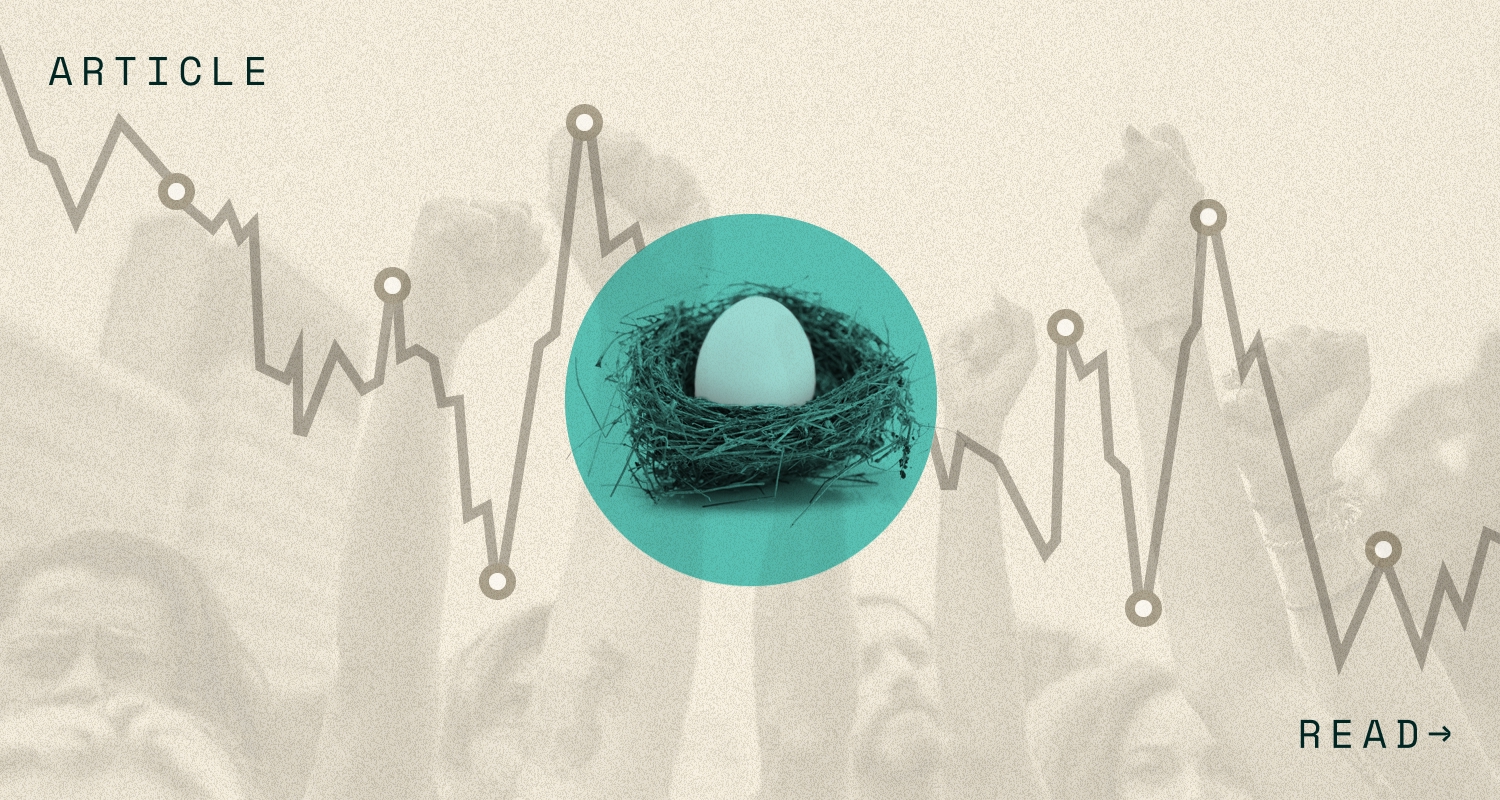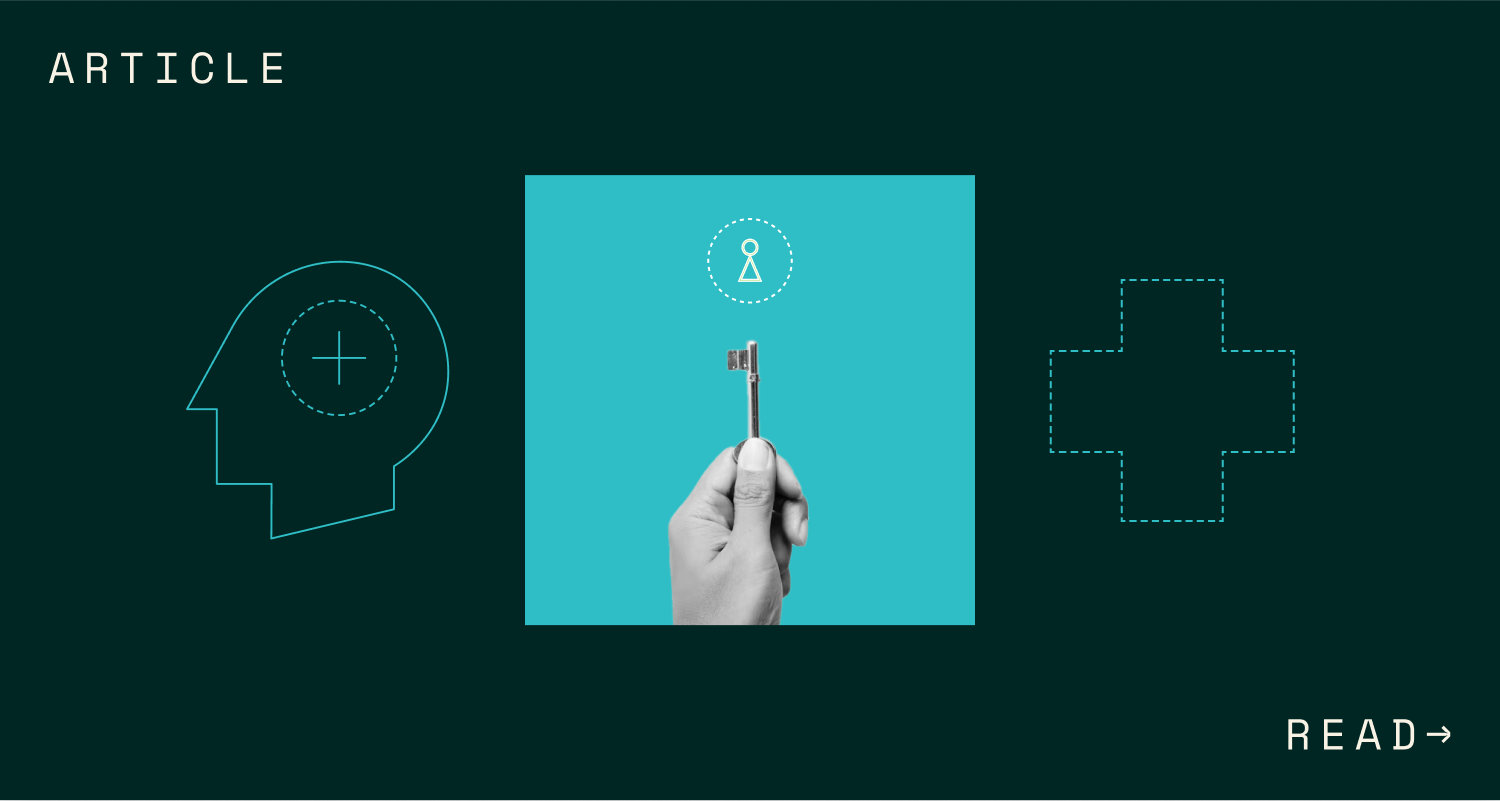In follow-up to Sequoia’s June 2020 mortgage strategies webinar, our trusted guest speaker Rick Cogil from RedDoor wrote this article to outline the mortgage basics that you need to consider before purchasing a home.
For most of us, buying a home is one of the biggest debts we’ll take on in our lifetime. And while finding the right neighborhood and home is much easier than in the past, you still have to consider something else: what type of mortgage is right for you.
You deserve to be educated and empowered.
First and foremost, it is important to note that the best option for a mortgage is the one that fits you and that you are comfortable with. Your loan officer’s job should be to present the facts and options so you can make an educated decision on what is best for you and your family.
Learning the basics of a mortgage is one of the smartest things you can do before connecting with a lender. Below we’ve broken down some mortgage basics that our customers often find useful when considering a home loan, such as how to choose between a 15-year or a 30-year term loan, answering “do I need mortgage insurance”, and demystifying buying points.
- What types of mortgages are available to me?
- How does mortgage insurance work?
- Should I go with a fixed rate or adjustable rate?
- How do buying points work?
- To impound or not to impound?
- What is a loan estimate?
What types of mortgages are available to me?
There are quite a few different types of home loans, each with their own unique features. I am going to touch on the five main groups and how they work.
FHA (Federal Housing Administration)
FHA loans are government backed loans that allow for more flexibility in a few of the key factors that accompany the pricing of the loan. The biggest appeal for this type of mortgage is that the rate is often lower than a conventional loan, which can be useful if you have credit challenges.
The interest rate and mortgage insurance rate are not on the same sliding scale as that of a conventional mortgage, which makes it more affordable for borrowers with a lower credit score.
If you have a credit score of 580 or higher, 3.5 percent is the minimum down payment amount for an FHA loan. If your credit score is between 500 and 579, that changes to 10 percent of the total purchase price.
Some additional requirements for FHA loans include:
- Up-front mortgage insurance (UFMIP) is required (with 1.75% of the initial loan amount added back into the loan).
- The monthly mortgage insurance premium (MIP) is permanent to the loan; and
- The mortgage insurance factor is a set number and not on a sliding scale like conventional loans. (MIP Factor = .85% of the loan amount divided by 12)
Conventional
Conventional loans are the most common type of mortgage and are originated and serviced by a variety of companies. With this type of loan, the actual note (who owns the debt) is usually held by Freddie Mac or Fannie Mae.
Now, you might be saying… “20% is the minimum down payment, right?”
Nope! As a first-time home buyer, you can take advantage of as little as a 3% down payment on a loan amount up to $510,000 (and 5% from there line up to $765K, depending on the county in which you are purchasing).
One important thing to keep in mind is that if you are not putting at least 20% down, you will be required to pay mortgage insurance (see additional information on mortgage insurance below).
The biggest difference between an FHA loan and a conventional loan is that the monthly mortgage insurance is removable after a certain point, and you’ll be glad to know that it’s relatively easy to have it removed. There are a few points that need to be met to do that, so you’ll want to contact your servicer (whoever you make the payments to) in order to discuss your options.
VA Loan
First, to all veterans, thank you for your service to our country. We appreciate your sacrifice and know that homeownership is one of the most important ways for our veterans to build their lives, families, and community.
VA loans are one of the primary benefits provided to those who serve. This type of loan can be a little more complicated than FHA and conventional, so first and foremost we recommend you work with a loan officer that is well versed in how the product works.
Here’s a basic outline of what to expect:
- To start, you’ll acquire a Certificate of Eligibility (COE) from the VA to determine what you qualify for, and if you will need to pay the VA funding fee to start the process. We can also assist with this.
- Once you’ve established your eligibility, you’ll be able to start the process of purchasing a home with 0% down payment.
- There are still closing costs and money that need to be available to set up your impound account, so be prepared for that.
- Monthly mortgage insurance is not required, you’ll have access to lower interest rates than conventional (in most cases), and there are very flexible underwriting requirements.
Note: If anyone tries to tell you a VA loan is too hard of a loan product to work with, you are talking to the wrong people! An experienced loan officer can answer any of your questions and navigate smoothly.
USDA Loan
Hold on a second, are we talking steaks or home loans? Apologies for the silly joke, mortgage humor is a rare thing so we work with what we’ve got.
All jokes aside, USDA loans are available for rural communities. This type of mortgage does allow for a 0% down payment option with few mortgage insurance requirements, however there are pretty strict income restrictions and it is only available in select markets.
Jumbo Loan
You might have heard of these as “non-conforming” or “portfolio” loans. Here’s what you need to know…
Each county in the United States has a loan limit associated with it that’s based on the median home price in that area. As an example, $765,600 is the high balance loan limit in the majority of the San Francisco Bay Area.
Anything over that amount is considered a Jumbo loan. These loans are issued directly by financial institutions, which happens when you’re seeking a loan that’s over the county high balance loan limit.
These typically have more restrictions from an underwriting standpoint than with a conventional loan due to the extra risk an institution takes on by lending their own assets. A couple of examples of restrictions would be higher credit scores and reserve requirements. Usually, the bank will require proof of funds on hand equal to 6-12 months of the monthly payments after the amount for down payment and closing costs are subtracted.
Non-QM (formerly known as Sub-Prime)
This is where it gets even more interesting. QM stands for “Qualified Mortgage” which is a term that came about from the Dodd-Frank Wall Street Reform and Consumer Protection Act passed in 2010. This type of loan provides more flexibility for some home buyers. A couple of examples below.
- Bank Statement loans – For self-employed borrowers that don’t show a lot of income via tax returns. In this case, you can establish income by adding up all the deposits into a business account and dividing over that specified time period.
- Investor Cash Flow program – You can qualify based only on the future income of the new income producing property you are purchasing.
These types of loans also have restrictions similar to jumbo loans. The lending institution will likely need higher credit scores, larger down payments, and reserve requirements must be met.
How does mortgage insurance work?
As mentioned above, there are some cases where mortgage insurance is required.
It’s also important to be aware that the mortgage insurance on your loan is not your insurance policy. It is the banks’ policy. You pay the bank’s insurance, which allows you to purchase a home with less than 20% down. That insurance then covers the bank if you default on your loan.
As you might expect, at RedDoor we always look at the option that will allow you to pay the least amount in mortgage insurance, and recommend this to any of our potential customers whether they choose to work with us or not.
Should I go with a fixed rate or adjustable rate?
This is another area where personal preference varies. An Adjustable Rate Mortgage (“ARM”) is just what it sounds like. The rate on the mortgage has the opportunity to adjust. The most common ARM loan products you will see are 5/1, 7/1 and 10/1 ARMs.
The first number refers to the time the initial rate is fixed for and the second number refers to how many times per year the rate can adjust after the initial fixed period. The lower the fixed period is, the better the initial interest rate is.
For example, a 5/1 ARM is fixed for 5 years and then can adjust only once per year starting in the 6th year of the loan. These types of loans are most popular with short term living situations and larger loan amounts.
In recent years ARMs have become less popular as 30-year fixed rates have decreased. The fixed rate option allows you to purchase a home and have the same interest rate for the life of the loan. Most common are 30, 20, 15 and 10 year fully amortized fixed rate loans. The lower the term the lower the interest rate.
How do buying points work?
Buying points refer to additional money you can pay in exchange for a lower interest rate. Every interest rate has a price attached to it. Par pricing (often seen as 100.00 on a rate sheet) refers to the point in which the interest rate does not cost you more and you are not getting a credit towards your closing costs.
Anything above 100.00 would give you a credit and anything below you would require you to pay the additional cost to get that interest rate.
For example: Based on a $400,000 Loan amount
- 4.125% interest rate = 100.125 Par Price = 0.125% Credit for interest rate chosen = $500 credit to you
- 4.00% interest rate = 100.00 Par Price = break even
- 3.875% interest rate = 99.625 Par Price = 0.375% Cost for interest rate chosen = $1,500 cost to you
It is very important to analyze the breakeven point when looking at buying down the rate. The typical lifespan of a mortgage is 5-7 years, so if you are outside of that in your breakeven equation (Cost/Monthly Savings = Months to Breakeven) it may not be worth the additional costs.
Every situation is different, however, so make sure to discuss all options with your loan officer.
To impound or not to impound?
Also known as an escrow account, the impound account is set up during the origination of the loan.
The purpose is to pay your property taxes and homeowners’ insurance for you throughout the year. If you put 10% or more down on a conventional loan, you will have the option to either set one up or not. There is an initial deposit required to set one up and you will see that broken down on the ”loan estimate” (see more below). This is another area of personal preference. If you like to write the checks yourself, then don’t set one up. If you would rather not worry about it, then set it up.
Please be aware that some lenders will have slightly worse interest rates when you choose not to have an impound account due to the increased risk of property tax liens in the event you are to default on your loan. Note that VA, FHA and USDA all require impound accounts, and so do some Jumbo and Non-QM products.
What is a loan estimate?
Most of the time you’ll hear a loan officer refer to this form as an “LE.” An LE is the new form that breaks down everything you need to know about the money required to close the loan. Each section of the LE will give you insight to where the money is going and what purpose it serves.
There are 3 different versions of this form throughout the home buying process. You will also see the Closing Disclosure right before the closing documents go to title/escrow and the Settlement Statement once the documents are received at title/escrow before handing them to the notary for final signatures. Each form fine tunes the numbers with the settlement statement showing close to exactly what will be needed at closing to buy your new home.
Another term you hear during your research is GFE or Good Faith Estimate. The term GFE was taken out of use some years back as part of the Dodd-Frank Reform Act, to help simplify the information given to the consumer around the costs of the loan.
Conclusion
As you can see, there are many different types of mortgages. After years of working in the mortgage and real estate industry, the licensed experts at RedDoor are here to help. If you’re curious to learn more, please watch our Mortgage Strategies session recorded June 2020 and visit RedDoor.com to download the app and see the power of a 60 second pre-approval.
Disclaimer: This content is intended for informational purposes only and should not be construed as legal, medical or tax advice. It provides general information and is not intended to encompass all compliance and legal obligations that may be applicable. This information and any questions as to your specific circumstances should be reviewed with your respective legal counsel and/or tax advisor as we do not provide legal or tax advice. Please note that this information may be subject to change based on legislative changes. © 2020 Sequoia Benefits & Insurance Services, LLC. All Rights Reserved



